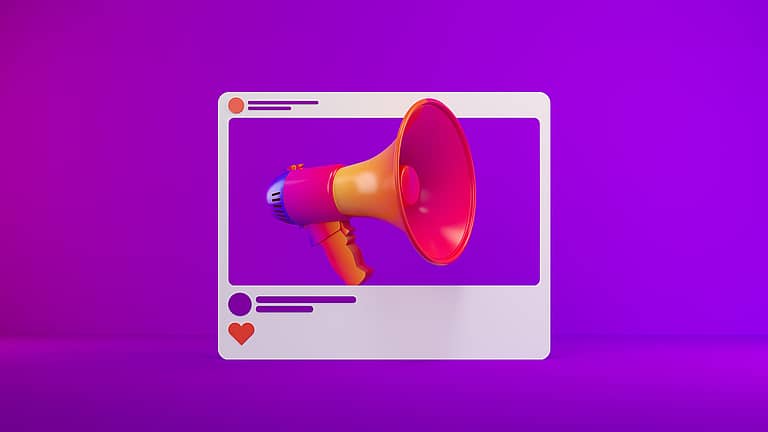This month, National Suicide Prevention Week, Sept. 5–11, aims to engage the public on this all-important topic.
Mental health problems are vast. The Centers for Disease Control and Prevention says 40% of U.S. adults are struggling with mental health or substance use. The World Health Organization says almost 1 billion people have mental health or substance abuse disorder. The construction industry has one of the highest suicide rates around.
In 2016, the CDC found the suicide rate for men in construction and extraction occupations was 49.4 per 100,000—nearly twice the suicide rate for civilian working men, and five times greater than the rate of 9.7 per 100,000 fatal construction injuries in 2019.
“A lot of people still kind of view this as a stigma—not something we typically talk about in the workplace,” says Cal Beyer, a member of the National Action Alliance for Suicide Prevention executive committee and vice president with CSDZ, a construction insurance company, as quoted by Alaska Contractor. “If we can focus [in the workplace] on well-being and bake it into our health and wellness functions, we have a better chance to get people help sooner.”
Thwart the Impact of Stigma
The last time I wrote about suicide (AWCI’s Construction Dimensions, InSync, April 2020), I focused on having empathy for others. This month, let’s address the problem of stigma.
“Employees are worried about their mental health as they return to the workplace after the COVID-19 pandemic,” says the McKinsey Quarterly article, “Overcoming stigma: Three strategies toward better mental health in the workplace.” “Stigma can exacerbate their concerns, but employers can thwart its impact.”
Stigma is “a level of shame, prejudice or discrimination toward people with mental-health or substance-use conditions,” McKinsey says. People with mental-health or substance-use are treated differently from those with other chronic conditions. This becomes costly. Stigma affects everything—organizational structures, workforce productivity, access to treatments, reimbursement for treatments and more.
“At a time when people are at their most vulnerable and most in need of help, stigma prevents them from reaching out,” McKinsey says.
And so, many employees with a behavioral-health condition avoid treatment. According to McKinsey’s data, 37% of employees don’t want people finding out about their mental illness; 52% want to hide their substance-use disorder.
What about your employees? Can they approach their managers? Or, are mental illness and substance abuse disorder stigmatized at your workplace?
Of course most companies say they want to help employees with their mental health challenges. But when asked about their priorities, McKinsey found “improving employee productivity” to be the top behavioral-health priority for companies—not reducing stigma.
It shouldn’t be this way. “Employers can’t solve every aspect of substance-use disorders and mental illnesses in their workplaces,” McKinsey says. “But stigma is something that they actually can change.”
Three Steps to Take
What can your firm do?
First, change the misperception that a behavioral-health condition is a moral failing. Provide mental-health-literacy training to all employees. Train managers and crew leaders to recognize signs of distress. Have your C-suite executives talk personally about mental health. McKinsey says this last option is rarely tapped, but can be powerful.
Next, eliminate discriminatory behavior. Commit to using non-stigmatizing language. People can have “a substance-use disorder,” but they are never “addicts.” Reward people for taking care of themselves mentally, for getting some rest and for being balanced. Change your culture if it rewards overwork.
And finally, strive to ensure parity among your physical and mental health plans, employee-assistance programs and other programs. “Making it happen wouldn’t just be a symbolic move by employers,” McKinsey says. “It would be, in fact, one of the most tangible things they could do for their workforces.”
Yes, we have some work to do. Fewer than one in 10 employees, McKinsey says, describe their workplace as free of stigma on mental or substance-use disorders. Let’s fix that in our industry.
Note: AWCI is a member of the Construction Industry Alliance for Suicide Prevention, which exists to promote mental health with the goal of creating a zero-suicide industry. Learn more at preventconstructionsuicide.com.
Mark L. Johnson writes for the wall and ceiling industry. He can be reached via linkedin.com/in/markjohnsoncommunications.



